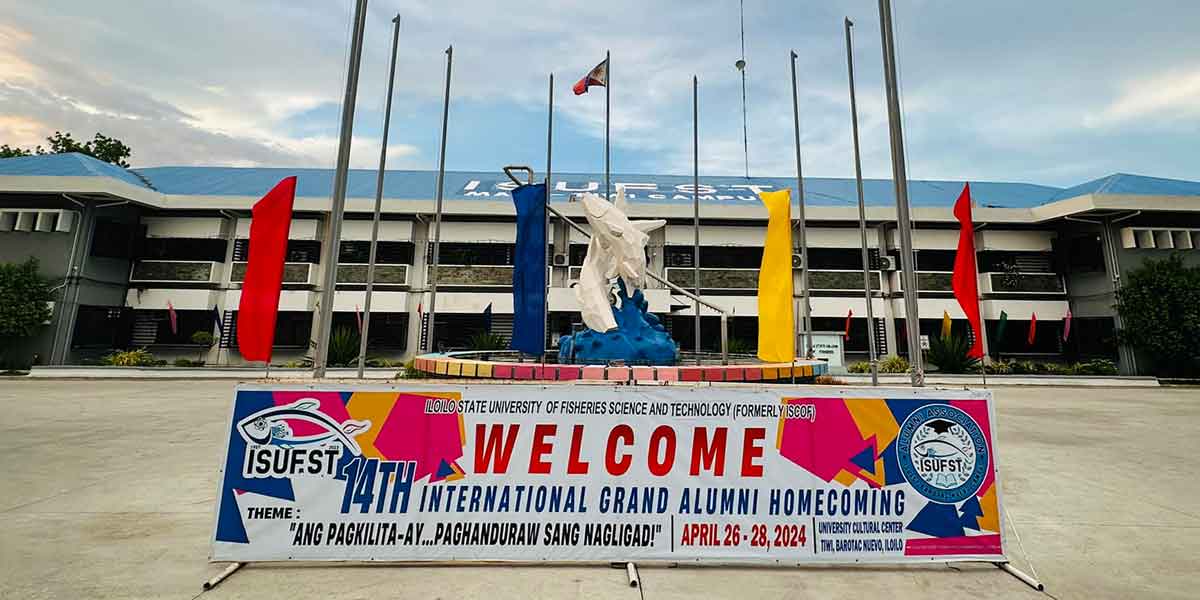
WHEN a language dies, it carries with it the essence of a culture, the unique and distinct sound of its identity, and the rich oral literature that perfectly captures the past and that tells rich narratives of the people who speaks that language.
When one thinks of literature, it is immediately assumed that it is boring. Dragging. Just stories that have already been told a thousand times. When one sees a book, we push it away, imagining the long, tiny lines that we have to go through to get its essence. And when one enters a library, we typically choose the least-paged books so that we will get over it quick. This is true for the majority of people and only a few will disagree. This is because we have come to despise reading, much more read a literary material in our local language.
The only time Ramon Muzones, Anghel Magahum, and Magdalena Jalandoni would be read is probably when one of their works is a reading requirement. The only instance people would get to know Leoncio Derianda is probably when they have read his works in magazines or if students research about his well-written works because it is a term paper. And one would only get to know Alice Tan-Gonzales if by chance, you have come across one of her Palanca-winning works. These Ilonggo writers are only well-known among their peers, inside the literary circle, or to few people who reads Ilonggo literature. In reality, however, these writers are barely known to the general public. The most notable reason for this is because there are not much readers in Iloilo who read local literature.
Hiligaynon literature was the first to develop in Panay. Hiligaynon writers were already writing and garnering recognition for themselves even several decades ago. As the lingua franca of Panay, Hiligaynon was used by the elite who were very much into literature. As it developed, more writers have emerged to continue writing in Hiligaynon and it became an official language eligible for the Carlos Palanca Memorial Awards for Literature.
Hiligaynon literature have thrived and developed over the years. Contemporary writers established names for themselves. In 2015, Kasingkasing Press, a local publishing house based in Guimaras, opened to cater the need for support of local writers. It was a major milestone for the regional writers in Western Visayas since publication has now become accessible to them. The publishing house was also an initiator of several big literary events in the region, such as: the ZineZoned, the Iloilo zine festival; the Magsugilanonay Kita: West Visayan Mother Tongue Books Summit; and the Iloilo Mega Book Fair.
The University of San Agustin also hosts the San Ag Writer’s Workshop, which started on 2003, whose aim is to help emerging writers, not just from Western Visayas, to be part of growing literary circles in the country. Several Ilonggo writers have also gained recognition from award-giving bodies in the country. More young and emerging writers from Iloilo are also gradually writing their way to the limelight.
As a language that has a developed literary identity and numerous promising writers to carry its legacy, Hiligaynon is far from dying. As a matter of fact, it may never die at all. The road that lies ahead of it is only going forward and even beyond that.
Many Ilonggo writers carry Hiligaynon in their writings. With the establishment of literary groups and institutions in Iloilo, the language will develop further. It will reach a far wider audience and readership and its natural beauty, along with the testified works of past writers, will entice more people to write.
In the upcoming Iloilo Mega Book Fair in November, Ilonggos will witness a huge wave of artists and writers flood the city. These artists and writer will be there to promote local literature and will be persistent with this cause. For in this cause is where their artmaking thrive, and artists, naturally fueled with passion, will channel through their art the demand for a bigger mark in a city and in a population that seemed to have forgotten the glory of literature and artistry, that seemed to have neglected the role of art in the foundation of their humanity, and that seemed to have failed in seeing the importance of literature in their core as Ilonggos.
These artists demand your attention, your appreciation, and your support. They are carrying your heritage, the responsibility that should be shared by the entire Iloilo. To speak Hiligaynon is not enough to perpetuate its glory. It is with writing and performance that we truly see its full beauty and its development, far from being dead.
One way to support this cause is to come to the 2nd Iloilo Mega Book Fair on November 8-11, 2019 and support our artists. They are your artists. (https://iloilomegabookfair.home.blog/author/iloilomegabookfair/)





















